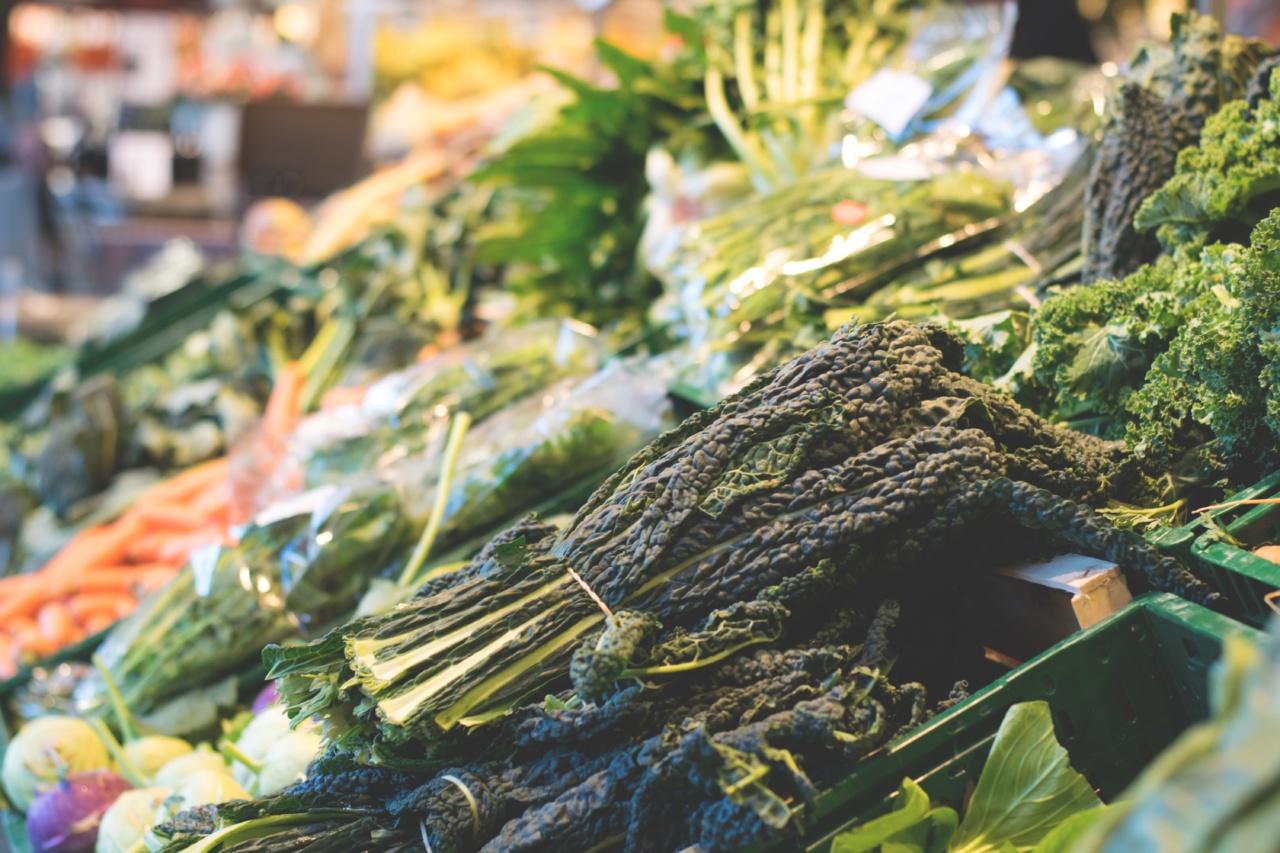Salad is an excellent choice for a healthy diet as it is packed with nutrients, fibers, and vitamins. It is easy to make, versatile, and can be customized according to one’s preferences. However, not all salads are created equal.
Depending on the ingredients and dressings used, they can either be calorie-dense or low in nutrition. With an abundance of options, choosing the right salad can be overwhelming. This salad selection guide aims to help you make informed decisions and create healthy salads that satisfy your taste buds and nutritional needs.
The Base
The base of the salad often comprises greens, such as lettuce, kale, spinach, and arugula. These greens are a great source of vitamins, minerals, and antioxidants. You can mix and match different types of greens for added texture and flavor.
Choose greens that are fresh, crisp, and vibrant in color. Avoid wilted or slimy greens as they indicate spoilage.
The Protein
Protein is essential for maintaining and repairing body tissues, building muscles, and regulating metabolism. Adding protein to your salad can make it more satisfying and satiating.
Some sources of protein that you can include are grilled chicken, tofu, hard-boiled eggs, beans, legumes, nuts, and seeds. Choose lean protein sources and avoid high-fat or processed options, such as bacon bits, fried chicken, or deli meats.
The Vegetables
Add a variety of colorful vegetables to your salad to increase its nutrient density and flavor. Some examples include tomatoes, cucumbers, bell peppers, carrots, beets, broccoli, cauliflower, and zucchini.
Vegetables are low in calories, high in fiber, and rich in vitamins and minerals, making them a perfect option for weight loss and overall health. However, avoid adding starchy vegetables, like potatoes or corn, as they can contribute to a high calorie and carbohydrate content.
The Fruits
Fruits are a great addition to salads as they add natural sweetness and a burst of color. Some fruits that complement salads well are berries, apples, grapefruit, oranges, and pomegranate.
Fruits are a good source of vitamins, fibers, and antioxidants, which can help reduce inflammation, improve digestion, and support immunity. However, be mindful of the portion size as fruits contain natural sugars that can quickly add up the calorie count.
The Grains
Add some grains to your salad to make it more filling and nutritious. Grains, such as quinoa, brown rice, barley, and bulgur, are a good source of fiber, protein, and minerals. They can also add texture and flavor to the salad.
However, be mindful of the portion size as grains can be high in carbohydrates and calories. Stick to whole grain options and avoid refined grains, such as white rice or pasta.
The Dressing
Dressing is an essential part of the salad as it adds flavor and moisture. However, some dressings can be high in calories, fats, and added sugars, which can negate the nutritional benefits of the salad.
Opt for lighter dressings, such as vinaigrette, made with olive oil, vinegar, and lemon juice. Avoid creamy dressings, like ranch or Caesar, or use them sparingly. You can also make your own dressing using healthier ingredients, such as yogurt, mustard, or honey.
Toppings and Crunch
Add toppings and crunch to your salad for extra flavor and texture. Some examples include croutons, toasted nuts, cheese, feta, olives, and dried fruits.
However, be mindful of the portion size and choose toppings that are low in calories and high in nutrients. You can also add some crunch to your salad by using roasted chickpeas, edamame, or roasted vegetables.
Conclusion
Creating a healthy, delicious salad requires attention to detail and balance. With an abundance of options, it’s easy to go overboard with calories or neglect essential nutrients.
However, by following this guide, you can make informed decisions and create salads that nourish your body and please your palate. Remember to choose a variety of colorful ingredients, includings greens, proteins, vegetables, fruits, grains, and light dressings. Add some toppings and crunch for extra flavor and texture.
With practice, you can become a salad connoisseur and enjoy the many benefits of a healthy, balanced diet.



























